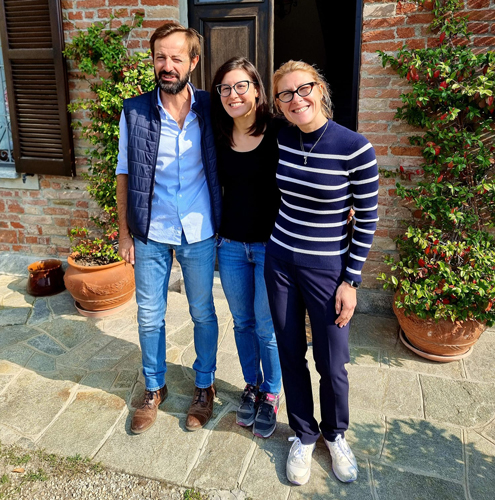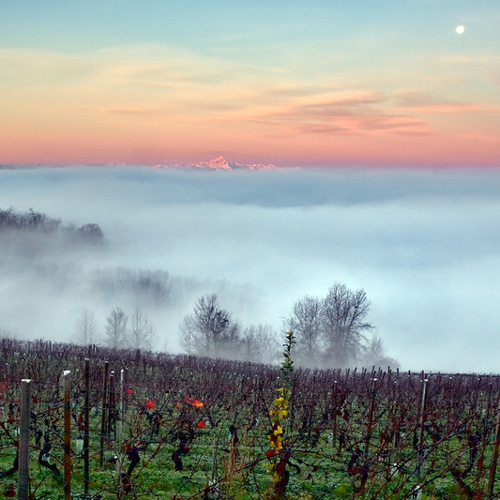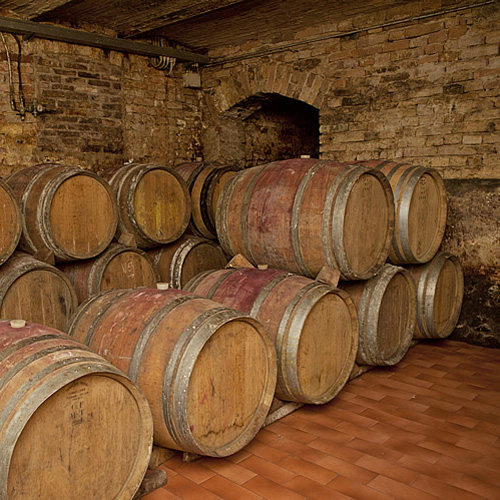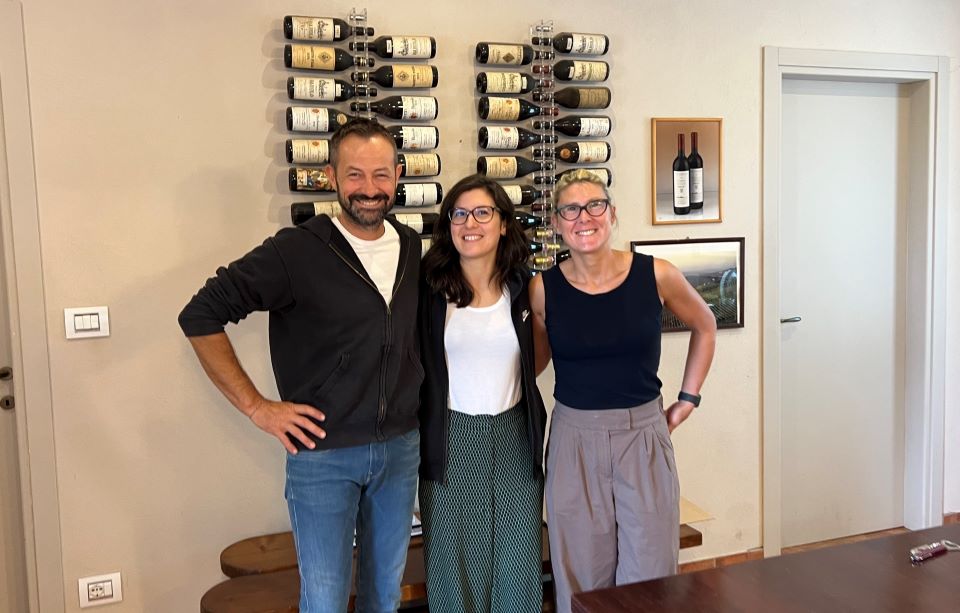
2024 DOLCETTO D'ALBA Bric del Salto Sottimano
Piedmont Italy
12.50%
Red
Dolcetto.
Certified Organic
This Dolcetto d'Alba Bric del Salto jumps out of the glass with an exotic mélange of blueberry, spice, graphite and game. The flavor profile is very much Dolcetto, with just a touch of reduction, but the structura...(read more)
L&S
2022 LANGHE NEBBIOLO Sottimano
Piedmont Italy
14.5%
Red
Nebbiolo.
Made exclusively with Nebbiolo from the estate’s Vigna del Parroco in the Basarin cru, the 2022 Langhe Nebbiolo from Sottimano is stunning, starting with its enticing scents of dried rose petal, dark spice, menthol and w...(read more)
Kerin O'Keefe, kerinokeefe.com
2018 BARBARESCO Pajoré Sottimano
Piedmont Italy
14.5%
Red
Nebbiolo.
Certified Organic
Fragrant tobacco and spice, cumin and then dark cherries, dark chocolate, plums and liquorice. Elegant and beautifully structured, mocha, cherries, plum, floral, roses and tobacco, herbs. Sleek acid, richly textured, wit...(read more)
L&S
2019 BARBARESCO Pajoré Sottimano
Piedmont Italy
14%
Red
Nebbiolo.
Here's a beautifully elegant and fine expression of Nebbiolo from Treiso. The Sottimano 2019 Barbaresco Pajoré shows an earthy personality with crushed stone and potting soil that frame a pretty core of red and pu...(read more)
Monica Larner, The Wine Advocate (www.robertparker.com)
2019 BARBARESCO Cottá Sottimano
Piedmont Italy
14%
Red
Nebbiolo.
Clay-limestone soils. Light bricky red. Colour more developed than in the Fausoni. This has all that lovely mature red-fruit character plus a spicier aroma, almost peppery, as well as a hint of crushed stones giving a mo...(read more)
Julia Harding MW, www.JancisRobinson.com
2020 BARBARESCO Cottá Sottimano
Piedmont Italy
15%
Red
Nebbiolo.
Game, molten chocolate, menthol and baked plum aromas follow over to the supremely elegant, savory palate along with star anise and blood orange. Taut, fine-grained tannins and fresh acidity provide balance and seamless...(read more)
Kerin O'Keefe, kerinokeefe.com
2019 BARBARESCO Curra' Sottimano
Piedmont Italy
14%
Red
Nebbiolo.
Certified Organic
Released later than the other Barbarescos in this portfolio, the Sottimano 2019 Barbaresco Currá brings the intensity up a notch and not just in terms of dark fruit and cassis. The wine's mineral profile is more p...(read more)
L&S
2013 BARBARESCO Riserva Sottimano
Piedmont Italy
14.5%
Red
Nebbiolo.
A lean, taut red, this evokes cherry, earth and woodsy underbrush elements. Shows the classic austerity of the vintage and seems to be unfurling at a glacial pace, yet this has ripe red fruit at its heart. Beefy tannins...(read more)
Bruce Sanderson, The Wine Spectator
2018 BARBARESCO Cottá Sottimano
Piedmont Italy
14.5%
Red
Nebbiolo.
Certified Organic
Magnums
Menthol, cedar and dark spice aromas fill the glass along with whiffs of forest floor. Showing youthful tension and energy, the savory, tightly wound palate delivers spiced cranberry, blood orange, star anise and earthy...(read more)
Kerin O'Keefe, kerinokeefe.com



